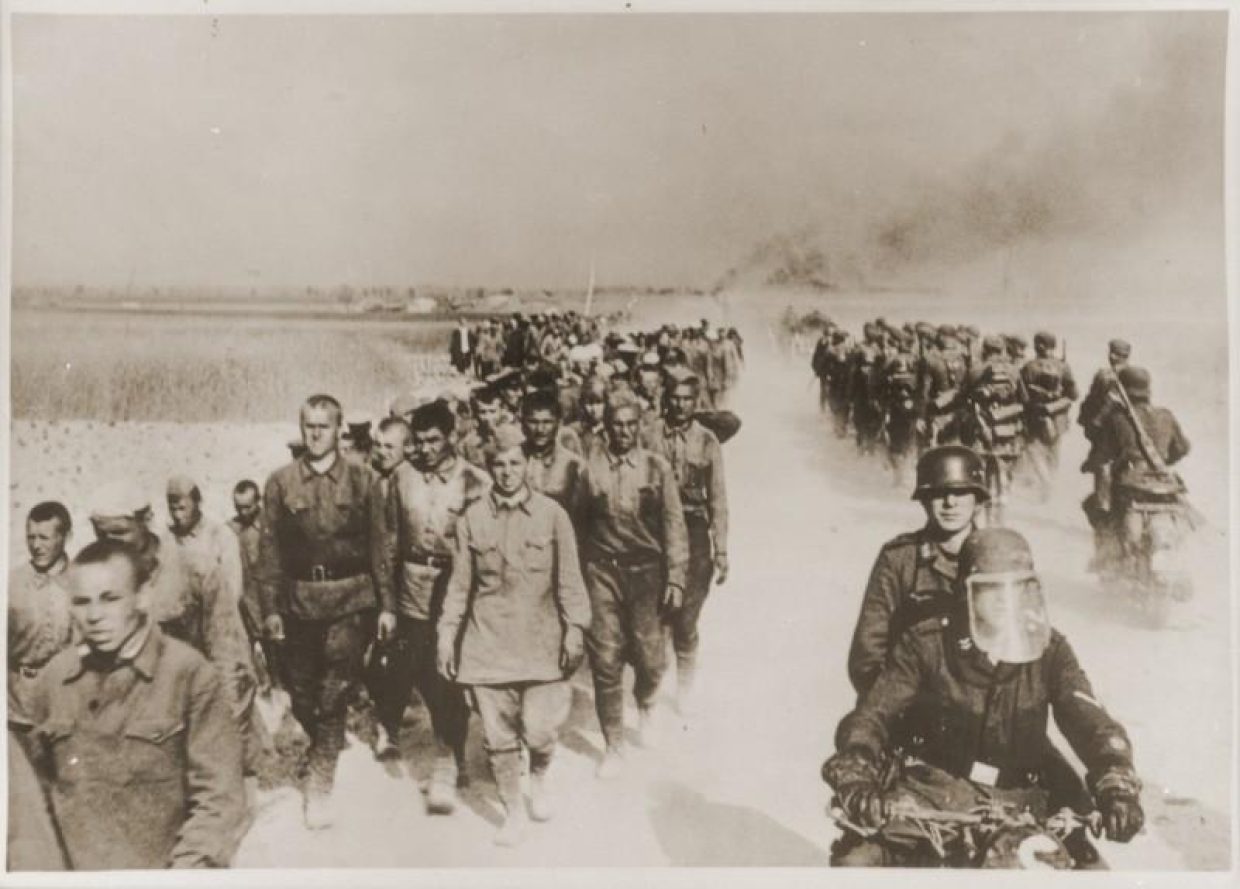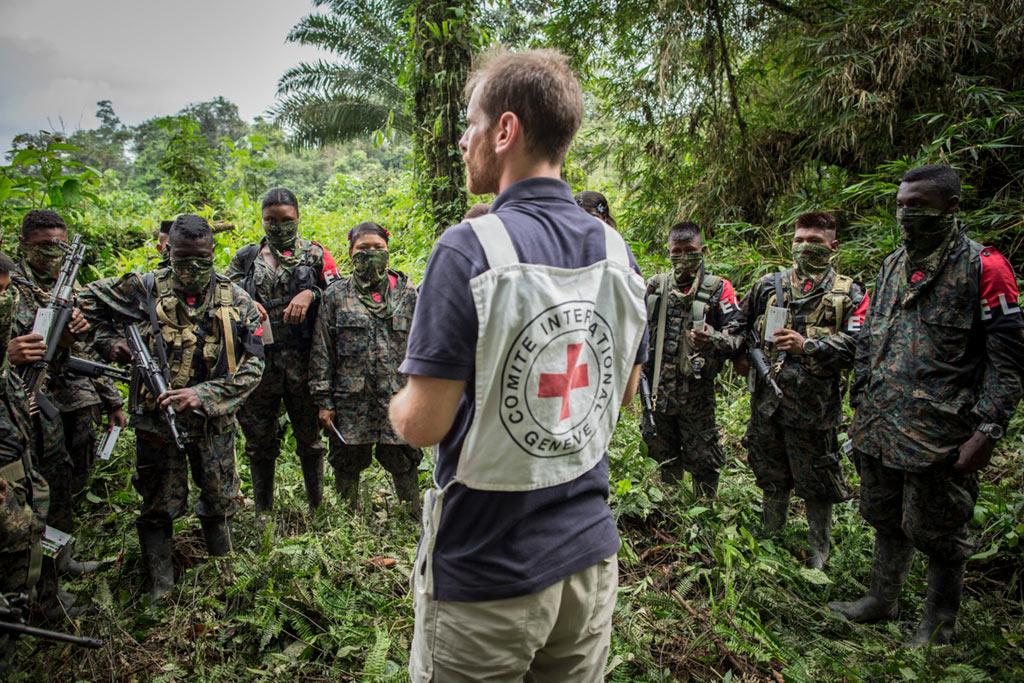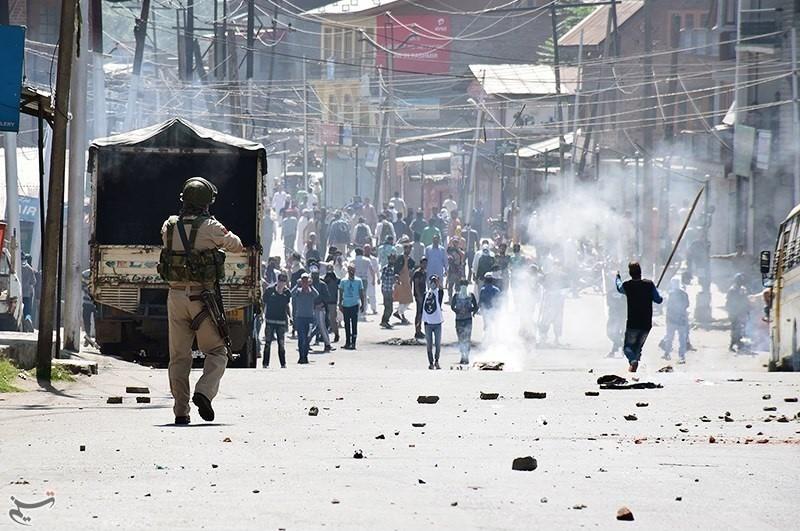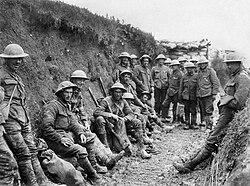When conflicts erupt and soldiers are captured on the battlefield, their fate often hangs in a delicate balance. The treatment of prisoners of war (POWs) not only reflects on the warring parties’ respect for international laws but also reveals deeper insights into the human side of warfare. In this article, we take a closer look at how POWs are treated across different conflicts and countries, exploring the legal frameworks, the realities on the ground, and the ongoing challenges in ensuring humane treatment amid the chaos of war. Join us as we delve into this complex and often overlooked aspect of modern warfare.
Table of Contents
- Understanding the Legal Framework Governing Prisoners of War
- Living Conditions and Healthcare Access in POW Camps
- Psychological Impact and Rehabilitation Programs for Captives
- Improving Compliance and Accountability in POW Treatment Practices
- To Conclude
Understanding the Legal Framework Governing Prisoners of War
International humanitarian law, particularly the Geneva Conventions, forms the backbone of the rules that govern the treatment of prisoners of war (POWs). These legal frameworks ensure that captives are granted basic rights and humane treatment, regardless of their nationality or the conflict’s nature. The conventions outline clear prohibitions against torture, humiliation, and any form of degrading treatment, emphasizing respect for the prisoners’ dignity. Crucially, POWs must be protected from violence and intimidation, provided with adequate food, shelter, medical care, and allowed to communicate with their families.
Beyond the Geneva Conventions, a variety of additional protocols and customary international laws bolster these protections, creating a robust legal safety net. Key elements include:
- Clear identification and registration to prevent disappearances and ensure accountability
- Restrictions on labor – POW work must not be dangerous, humiliating, or directly related to the war effort
- Access to impartial judicial guarantees should prisoners face any form of prosecution
- Regular inspections by neutral organizations like the International Committee of the Red Cross (ICRC) to monitor living conditions
This legal framework represents a critical commitment by the global community to uphold humanitarian values even amidst the chaos of war, reaffirming the principle that those captured are entitled to humane treatment until their eventual release or repatriation.
Living Conditions and Healthcare Access in POW Camps
Life behind barbed wire was often defined by stark contrasts—where the line between survival and despair was razor-thin. Prisoners frequently endured cramped, unsanitary quarters, with inadequate shelter exposing them to harsh weather conditions. Nutrition was a constant challenge; meager rations, usually lacking in essential nutrients, left many weakened and vulnerable to illness. Sanitation was minimal, contributing to the rapid spread of diseases within the camps. Camp overcrowding compounded these issues, making physical distancing impossible and further exacerbating health risks, often with devastating consequences.
Healthcare access, when available, was typically rudimentary and inconsistent. Medical personnel were often overwhelmed, and supplies such as medicines and surgical equipment were scarce. Despite these hardships, some camps attempted to provide basic care, ranging from simple wound treatment to attempts at controlling infectious outbreaks. However, the quality of treatment varied widely, often depending on the resources allocated by captors or the efforts of prisoner doctors themselves. Key factors impacting healthcare included:
- Limited medical supplies and equipment
- Lack of specialized medical staff
- Malnourishment and poor living conditions worsening health outlooks
- Psychological stress contributing to mental health struggles
Together, these conditions formed a grim backdrop, forcing POWs to rely heavily on resilience and solidarity to endure daily hardships.
Psychological Impact and Rehabilitation Programs for Captives
Enduring captivity has profound psychological effects on prisoners of war, often leaving invisible scars that outlast physical wounds. Anxiety, depression, post-traumatic stress disorder (PTSD), and feelings of isolation are common struggles that captives face during and after their imprisonment. These mental health challenges stem from factors like uncertainty about the future, loss of autonomy, harsh living conditions, and separation from loved ones. The psychological toll not only affects individual prisoners but also impacts their families and communities, creating a ripple effect of trauma that complicates reintegration into civilian life.
Recognizing these challenges, many governments and organizations have developed specialized rehabilitation programs designed to address the complex needs of former prisoners. Core components of these initiatives include:
- Counseling and Therapy: Tailored mental health support to help prisoners process trauma and regain emotional stability.
- Social Reintegration: Facilitating reconnection with family, community, and employment opportunities to restore a sense of normalcy.
- Educational and Vocational Training: Providing skills and knowledge to improve self-sufficiency and autonomy post-release.
- Medical Care: Addressing both physical ailments and the aftermath of psychological distress.
Such comprehensive approaches aim not only to heal the wounds of captivity but also to empower former prisoners to rebuild their lives with dignity and resilience.
Improving Compliance and Accountability in POW Treatment Practices
Ensuring adherence to international laws governing the treatment of prisoners of war requires a multifaceted approach grounded in transparency and supervision. Establishing independent monitoring bodies—such as international committees or neutral organizations—proves essential for verifying compliance with the Geneva Conventions. Additionally, the integration of advanced reporting mechanisms, including secure digital platforms, fosters real-time accountability by enabling whistleblowers and inspectors to document and flag violations swiftly.
Key strategies include:
- Regular inspections conducted by international observers to identify and rectify mistreatment promptly.
- Mandatory training programs for military personnel on human rights obligations and ethical conduct toward captives.
- Legal frameworks that empower courts to prosecute abuses and impose sanctions on violators.
- Public transparency initiatives that publish treatment records, reinforcing global scrutiny and deterring misconduct.
To Conclude
In exploring the treatment of prisoners of war, it becomes clear that this issue sits at the complex crossroads of international law, ethics, and humanity. While conventions like the Geneva Conventions set important standards, the reality on the ground often varies widely depending on the conflict, the parties involved, and the resources available. Understanding these nuances is crucial—not just for holding warring factions accountable, but also for reminding us all of the human dignity at stake, even amidst the harshest conditions of war. As global citizens, staying informed and advocating for humane treatment helps ensure that, no matter the conflict, respect for human rights remains a non-negotiable principle.













